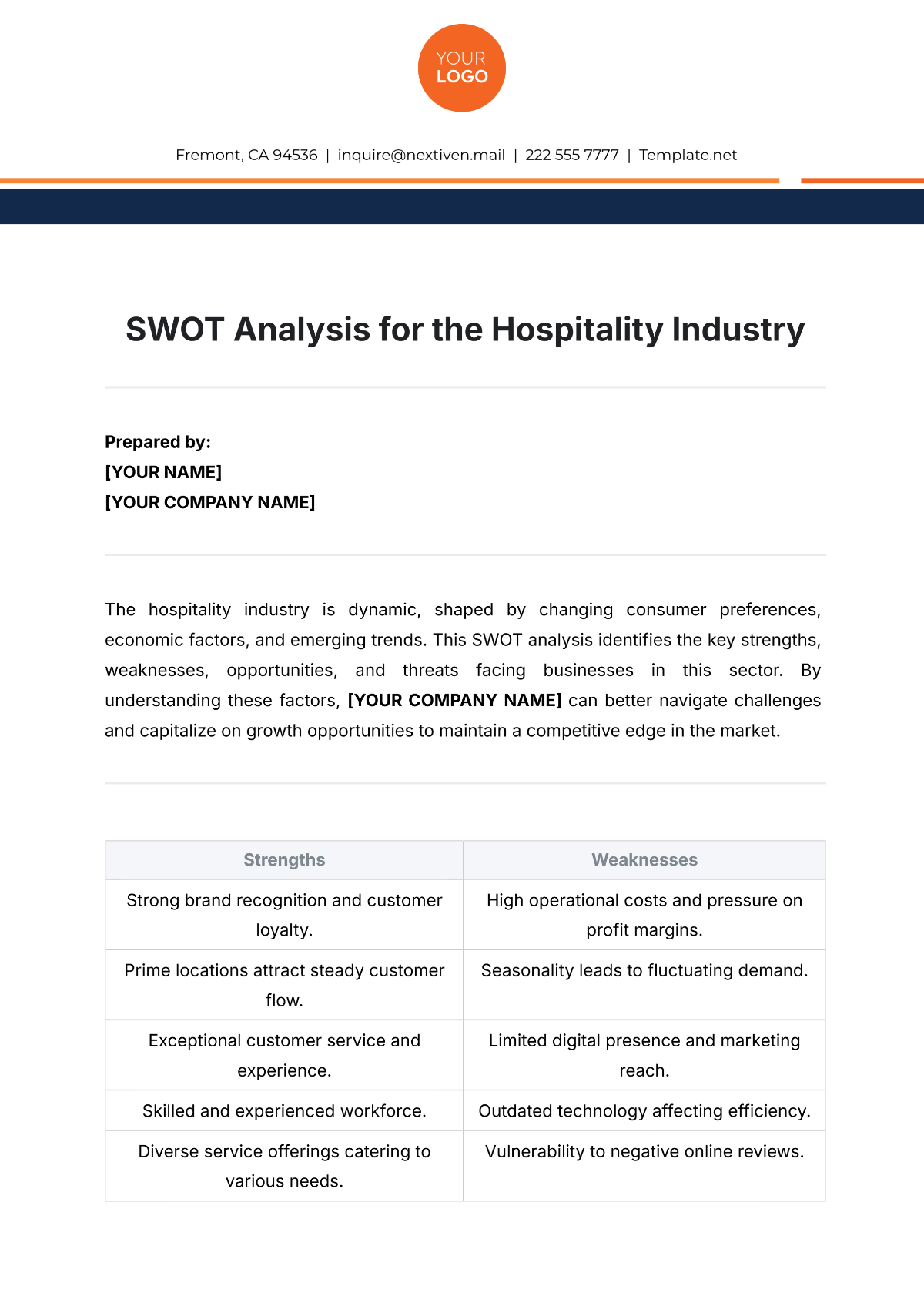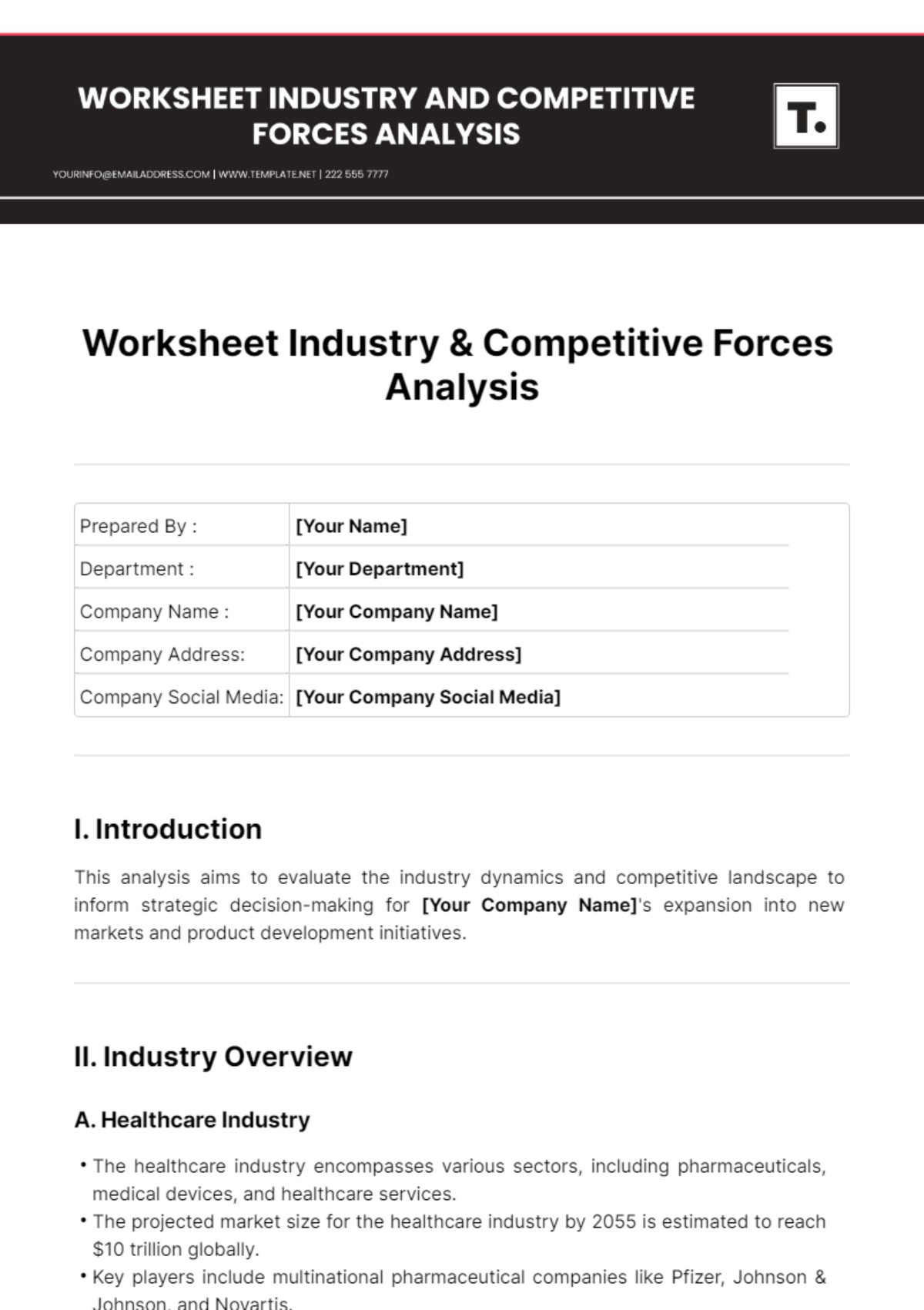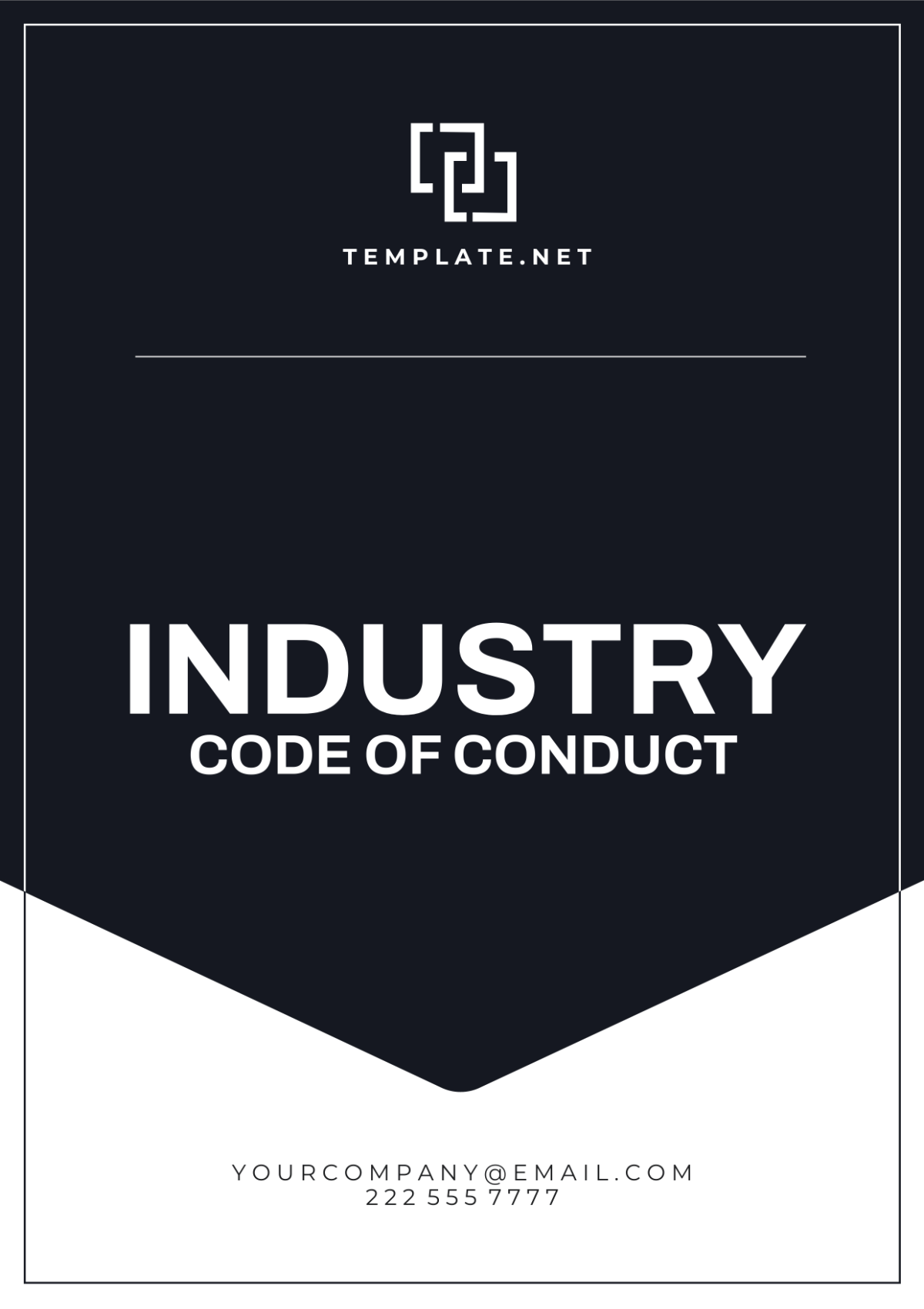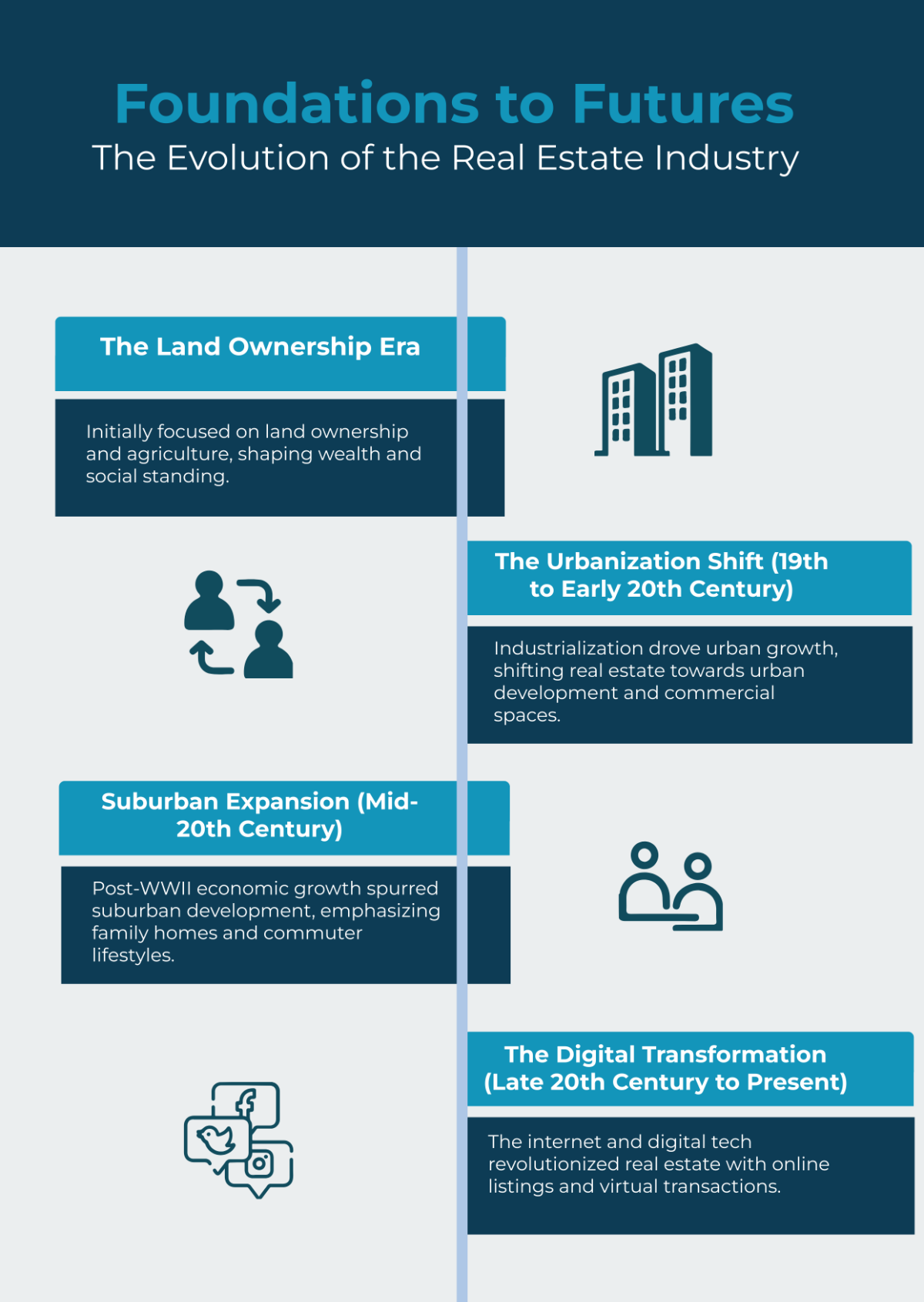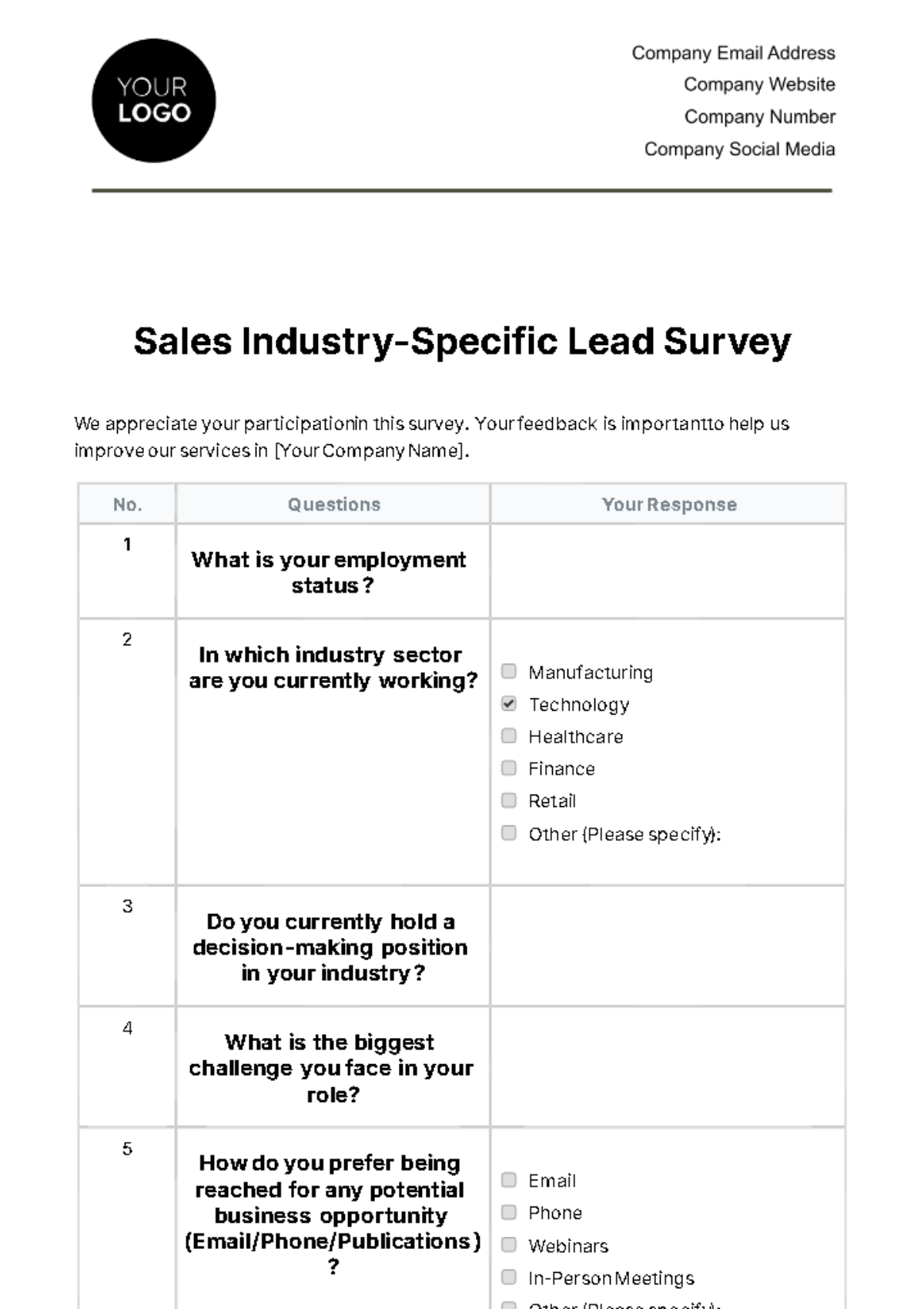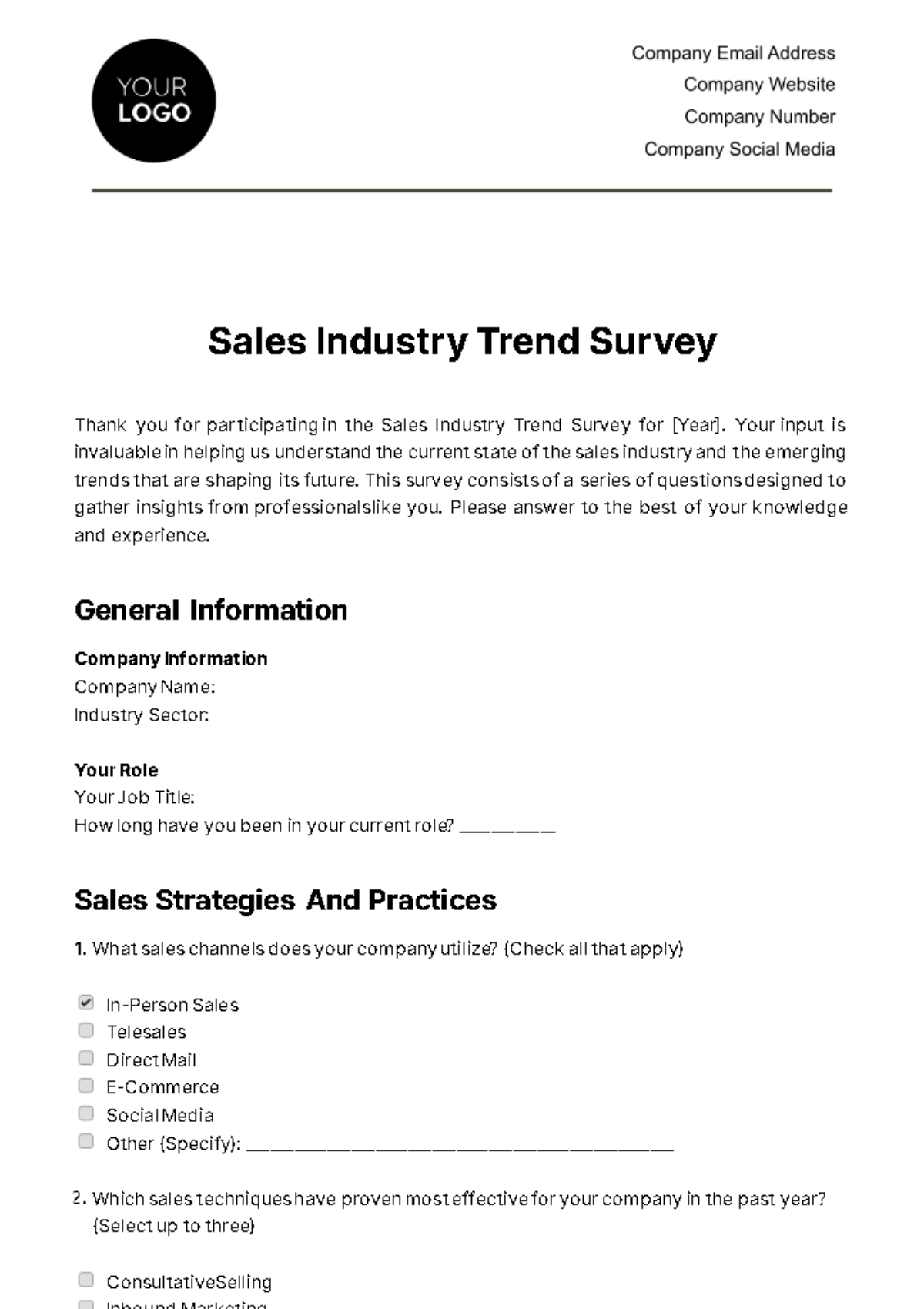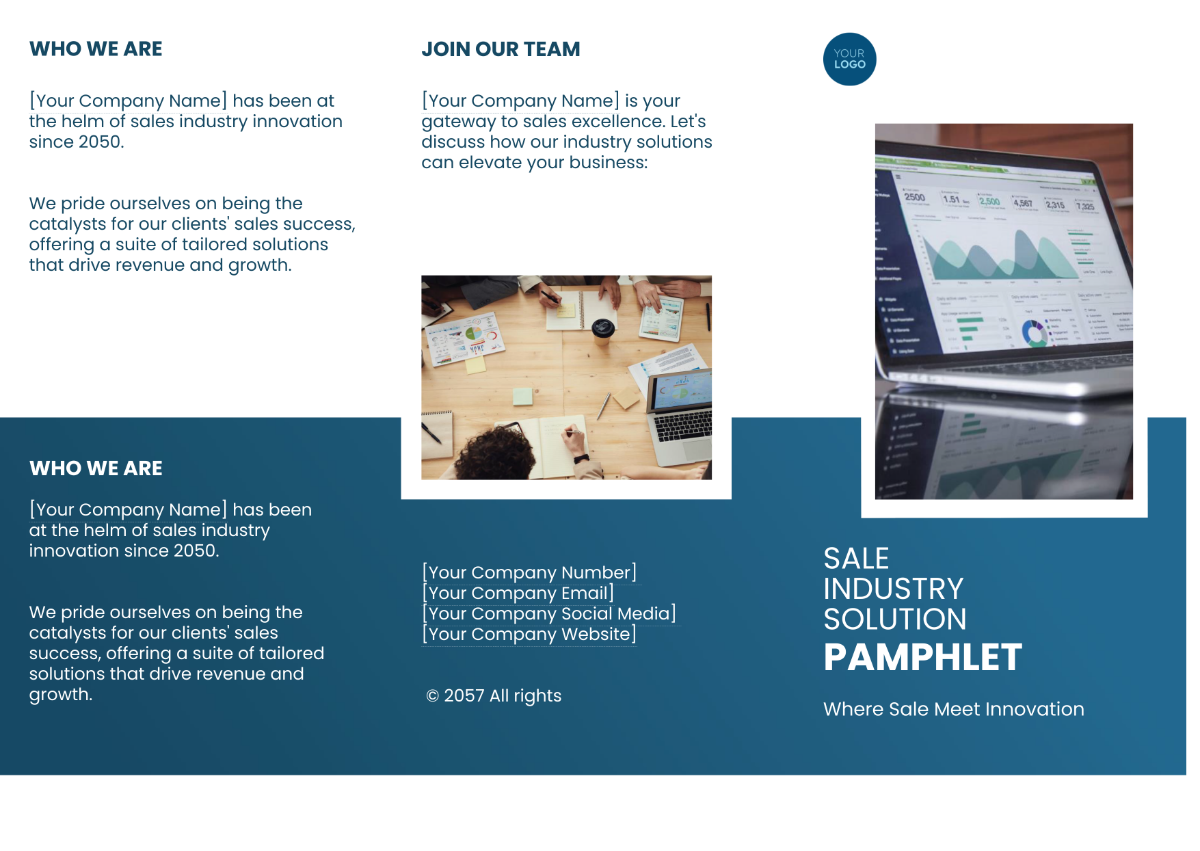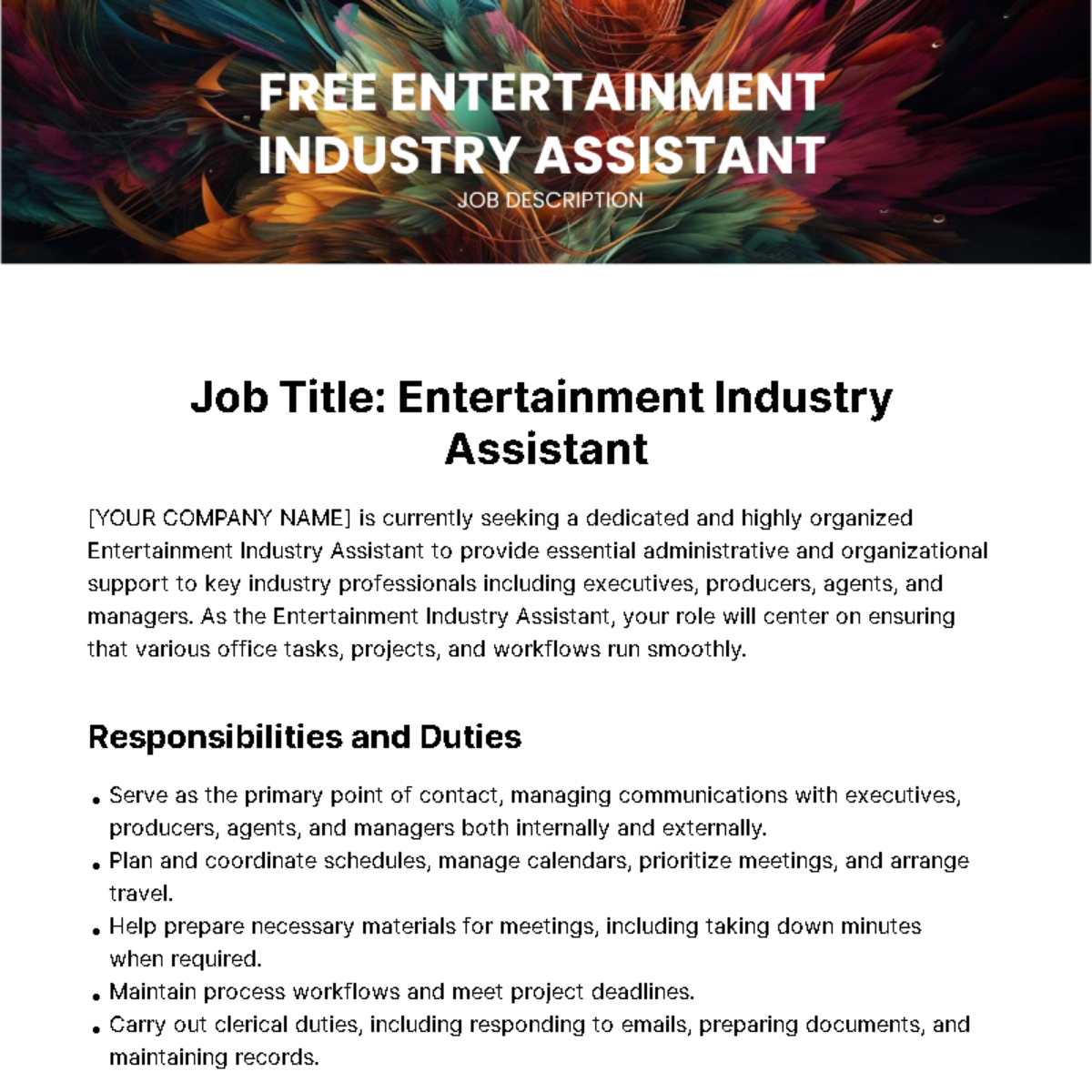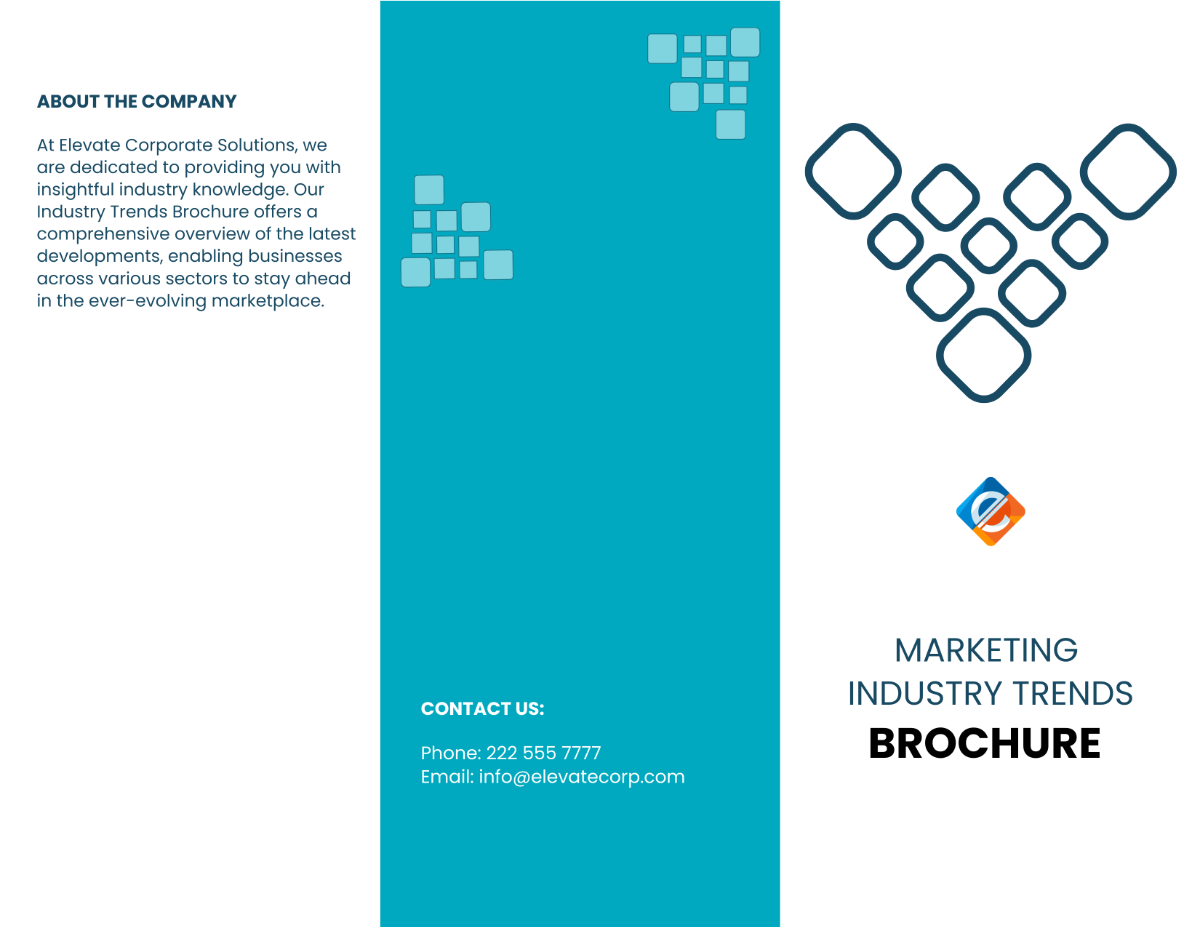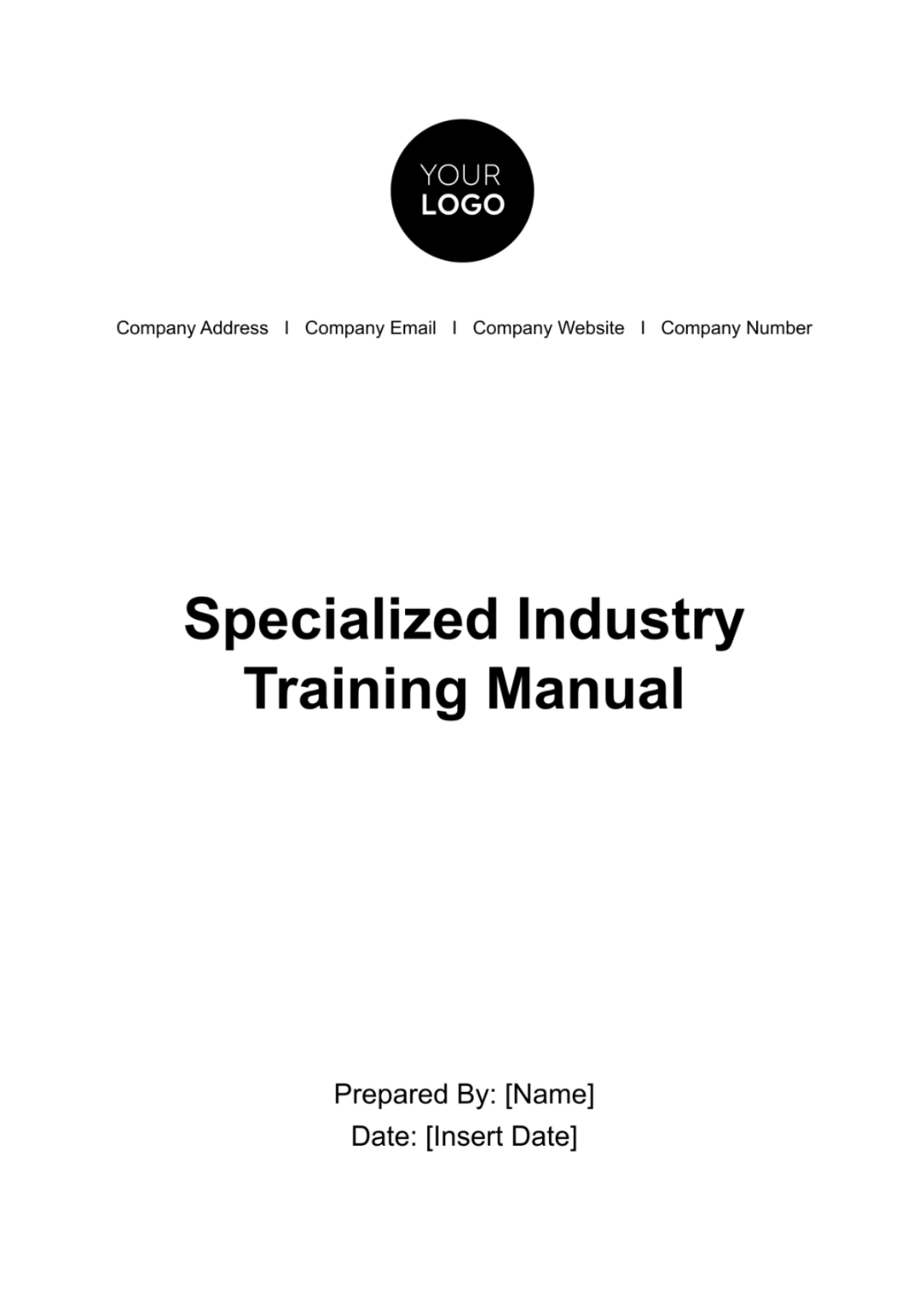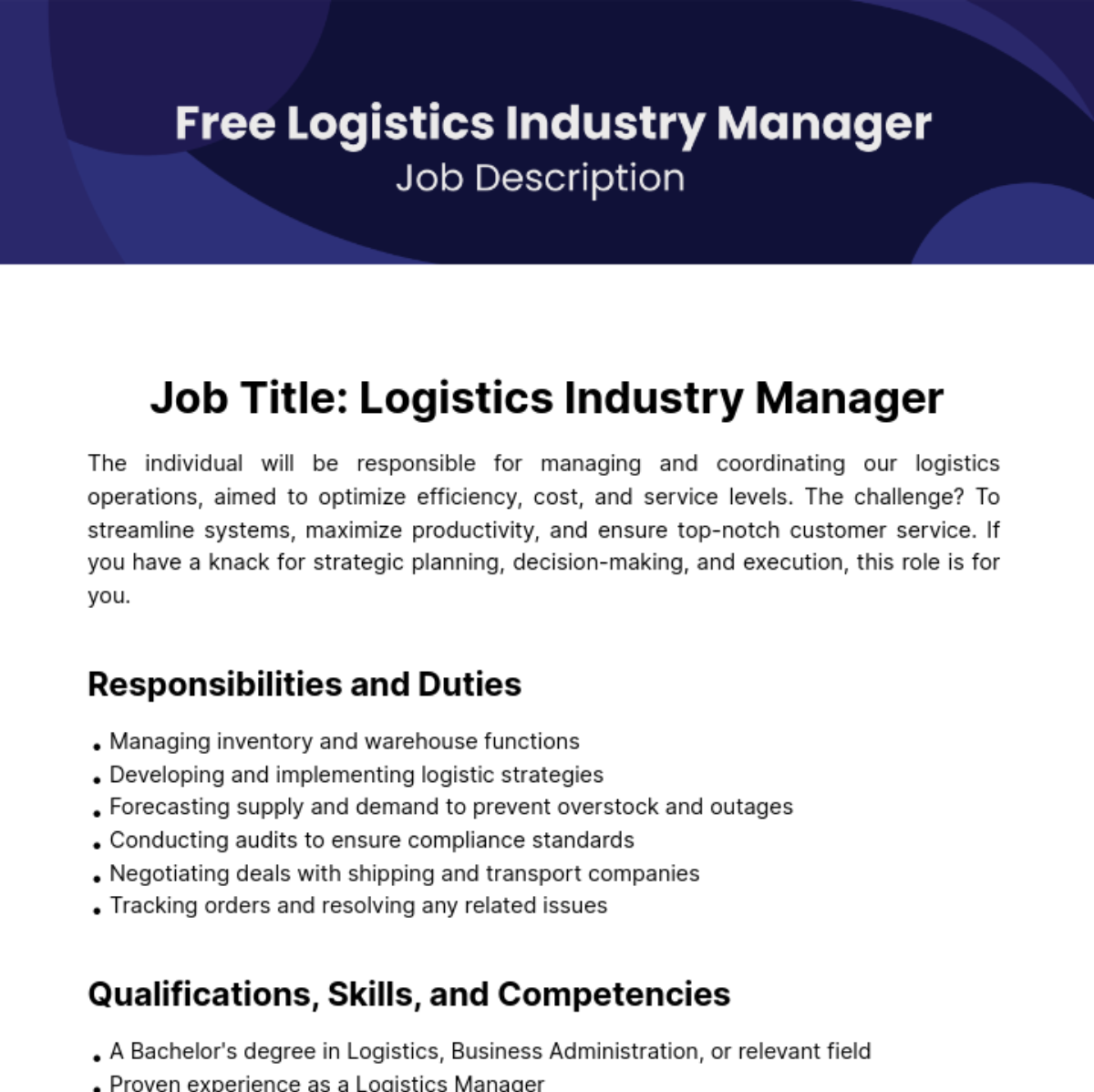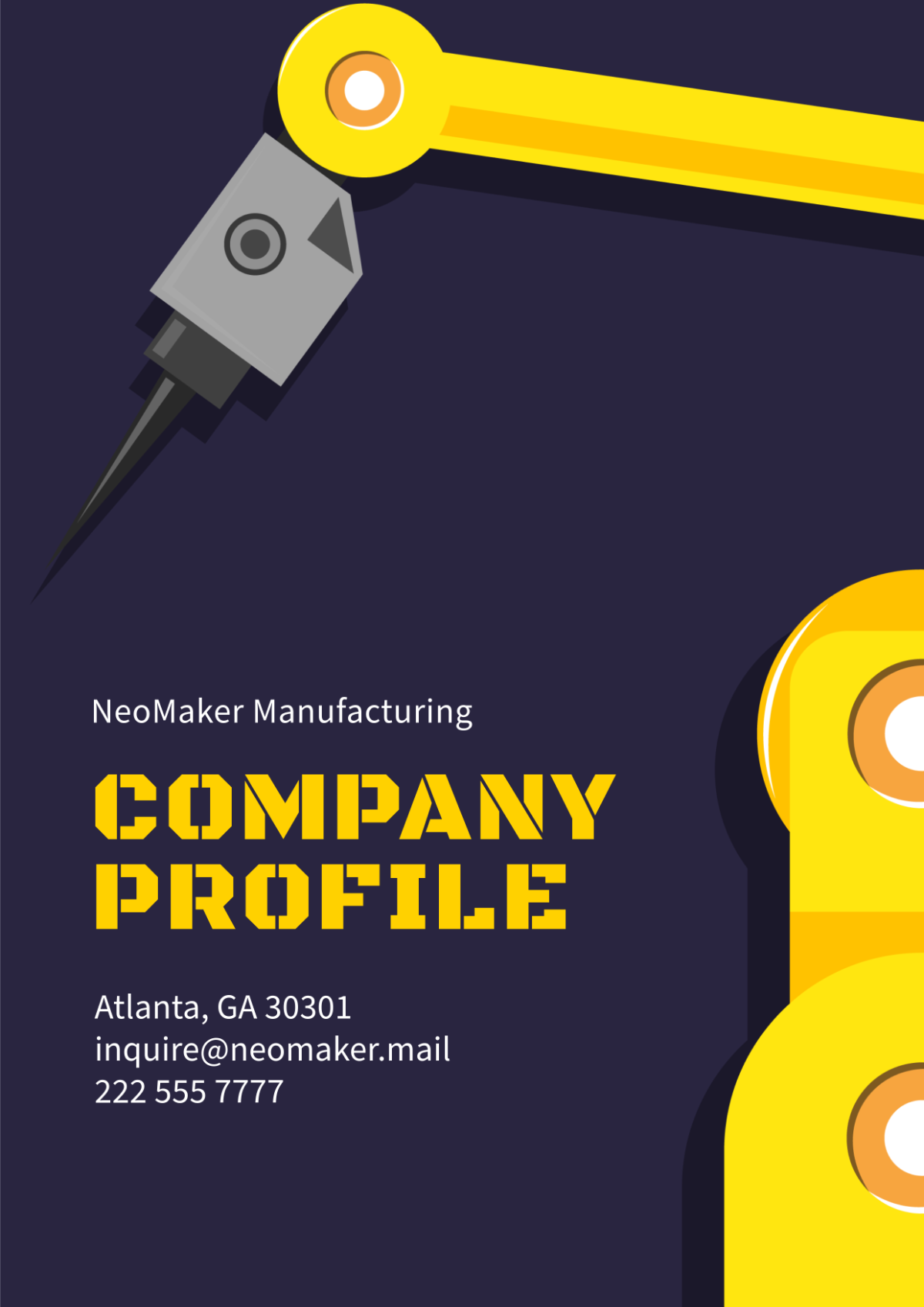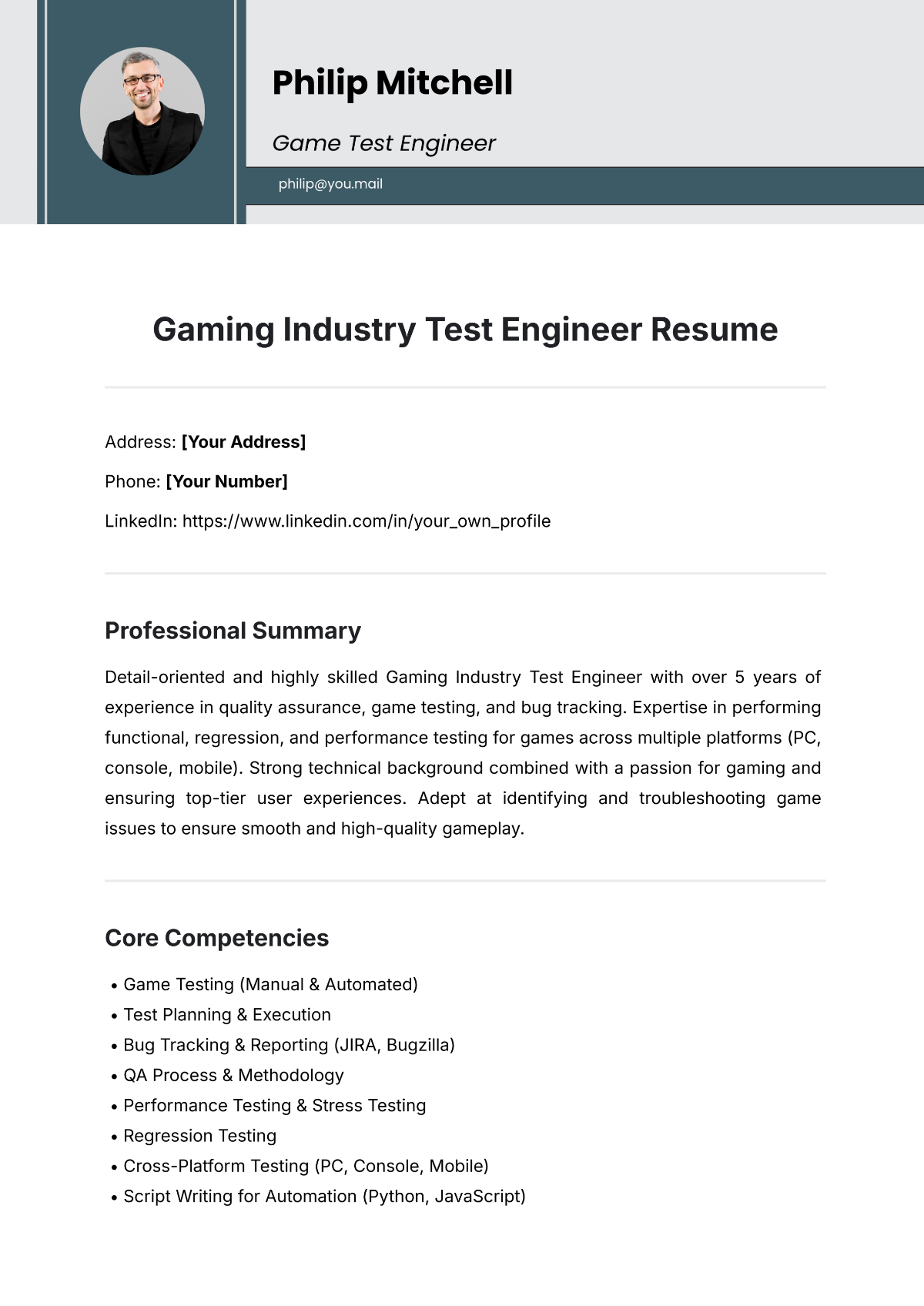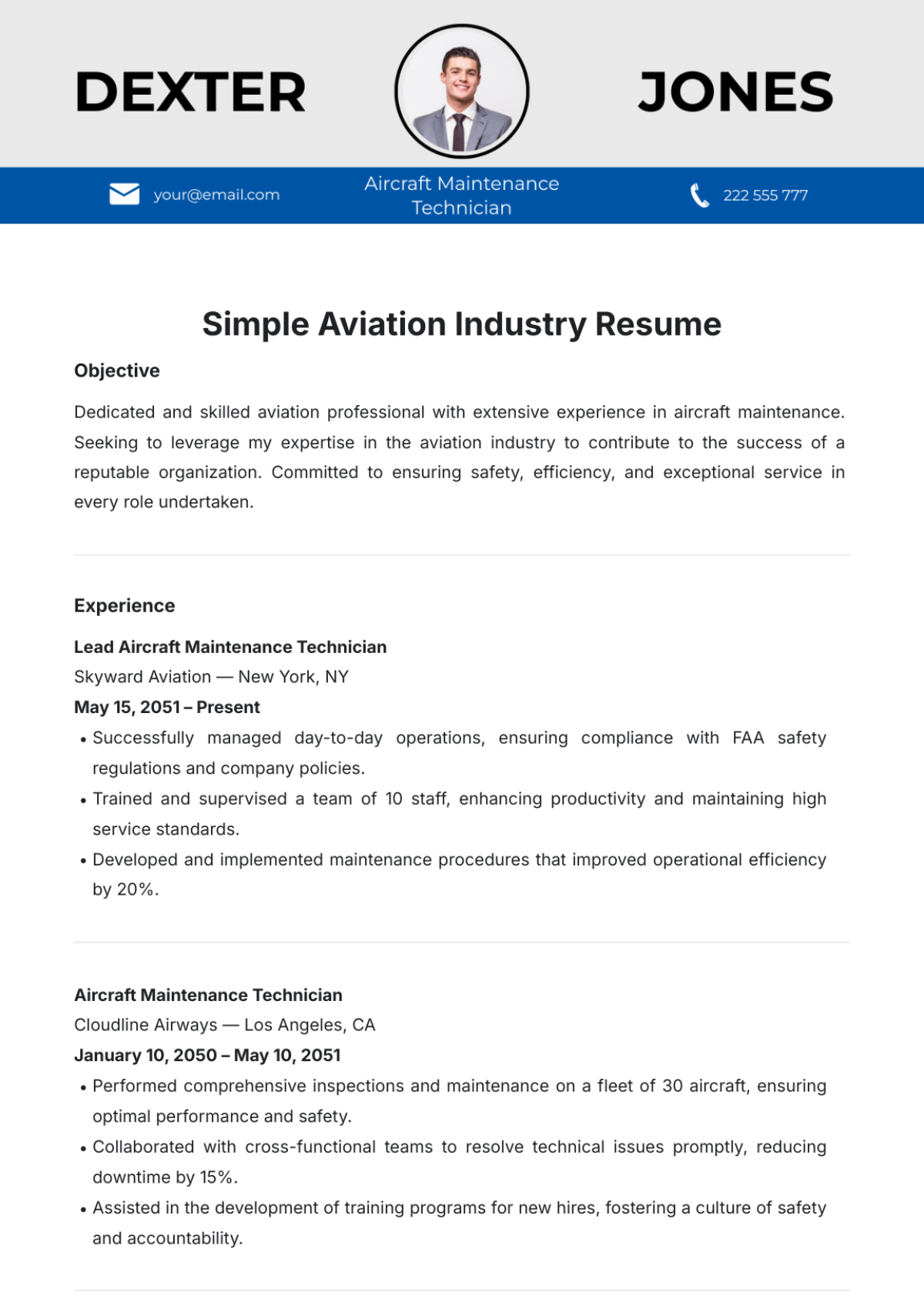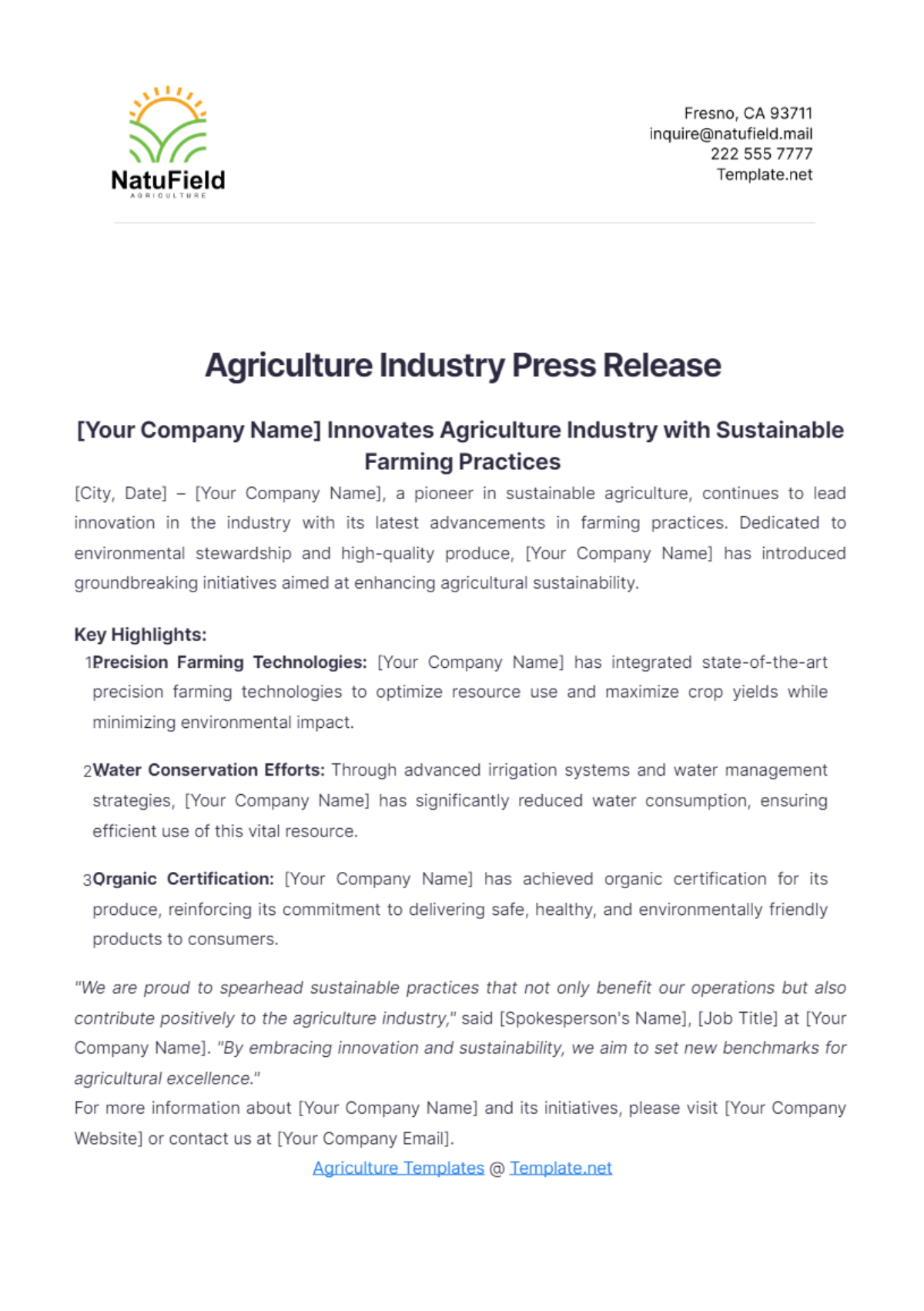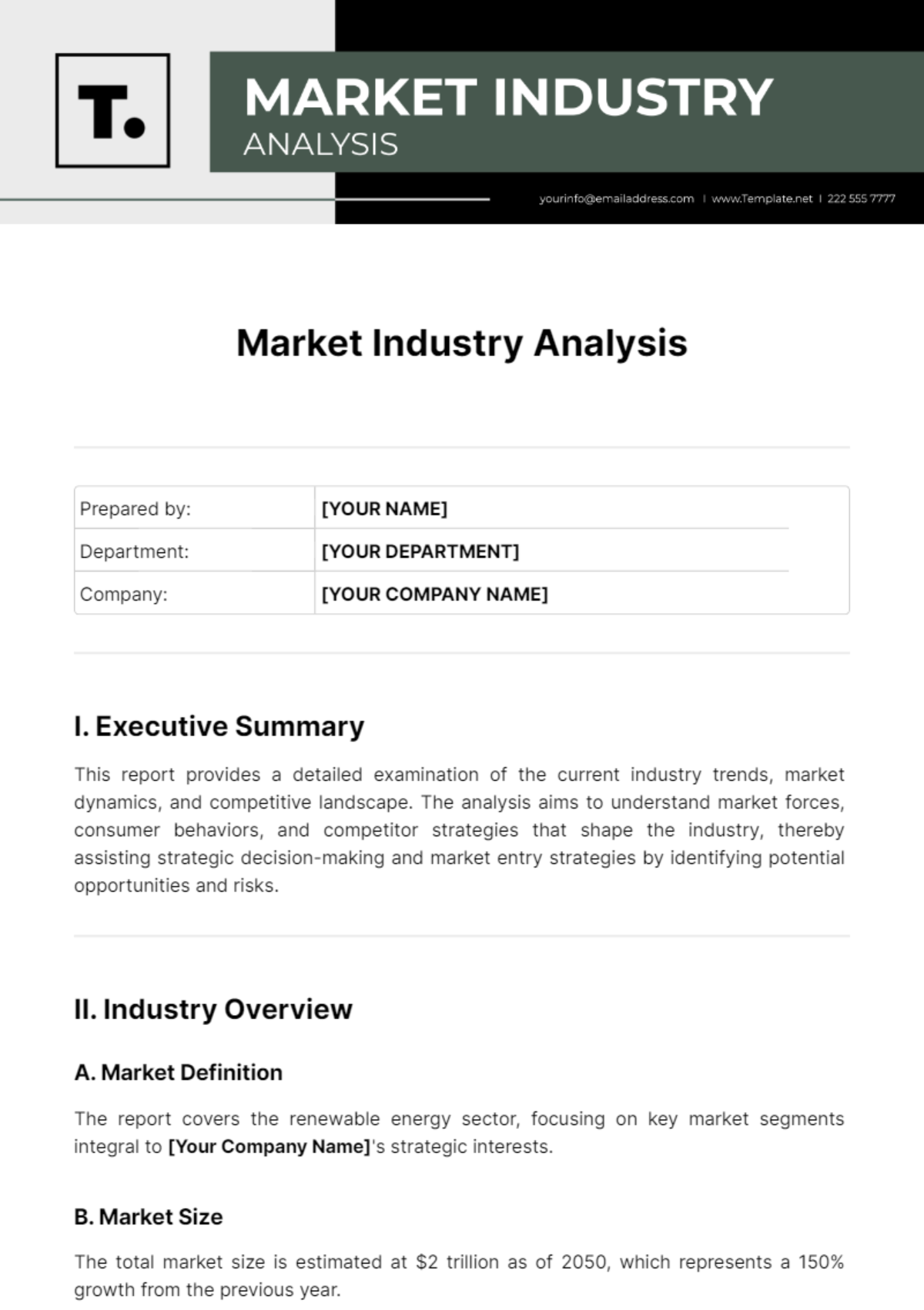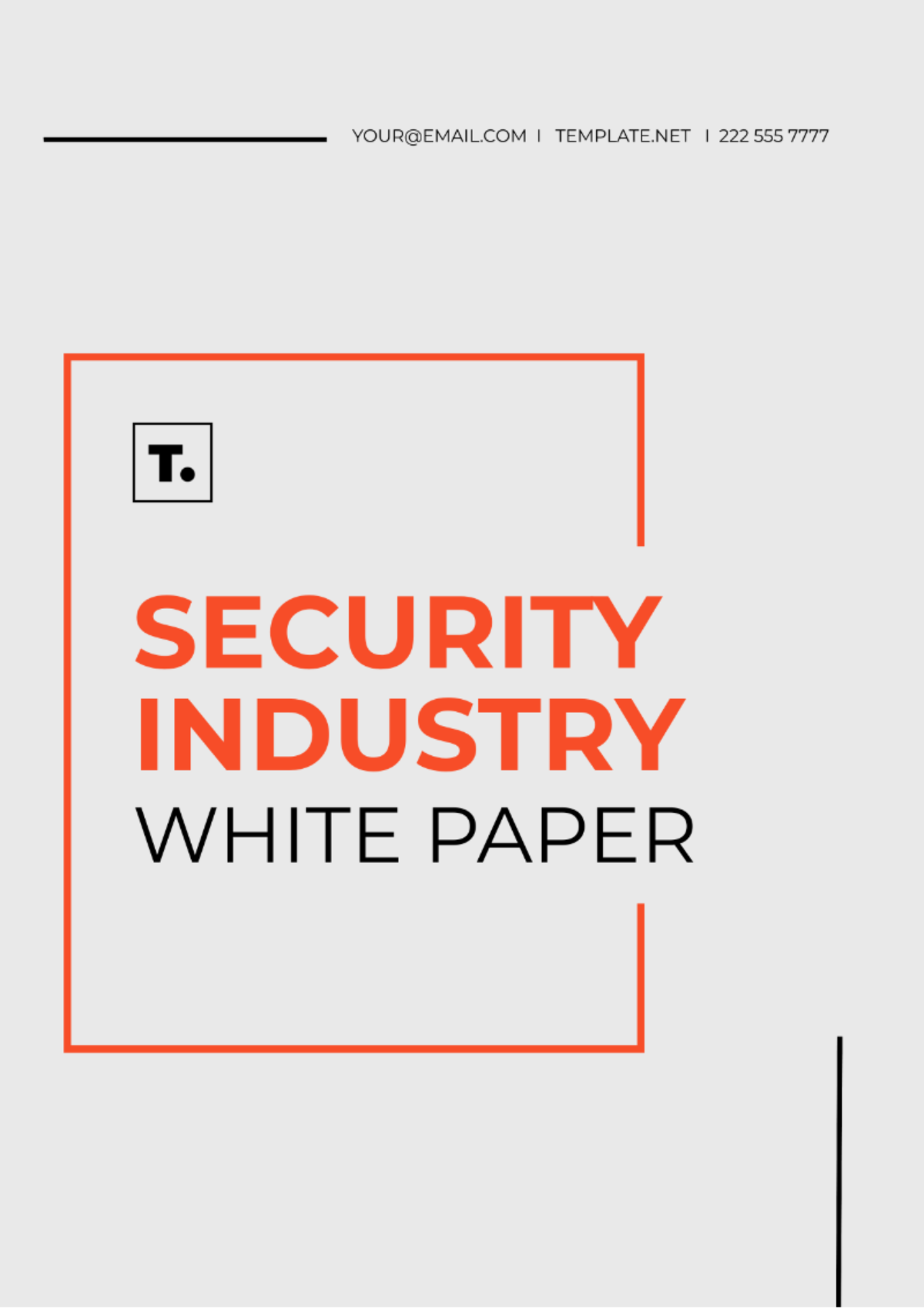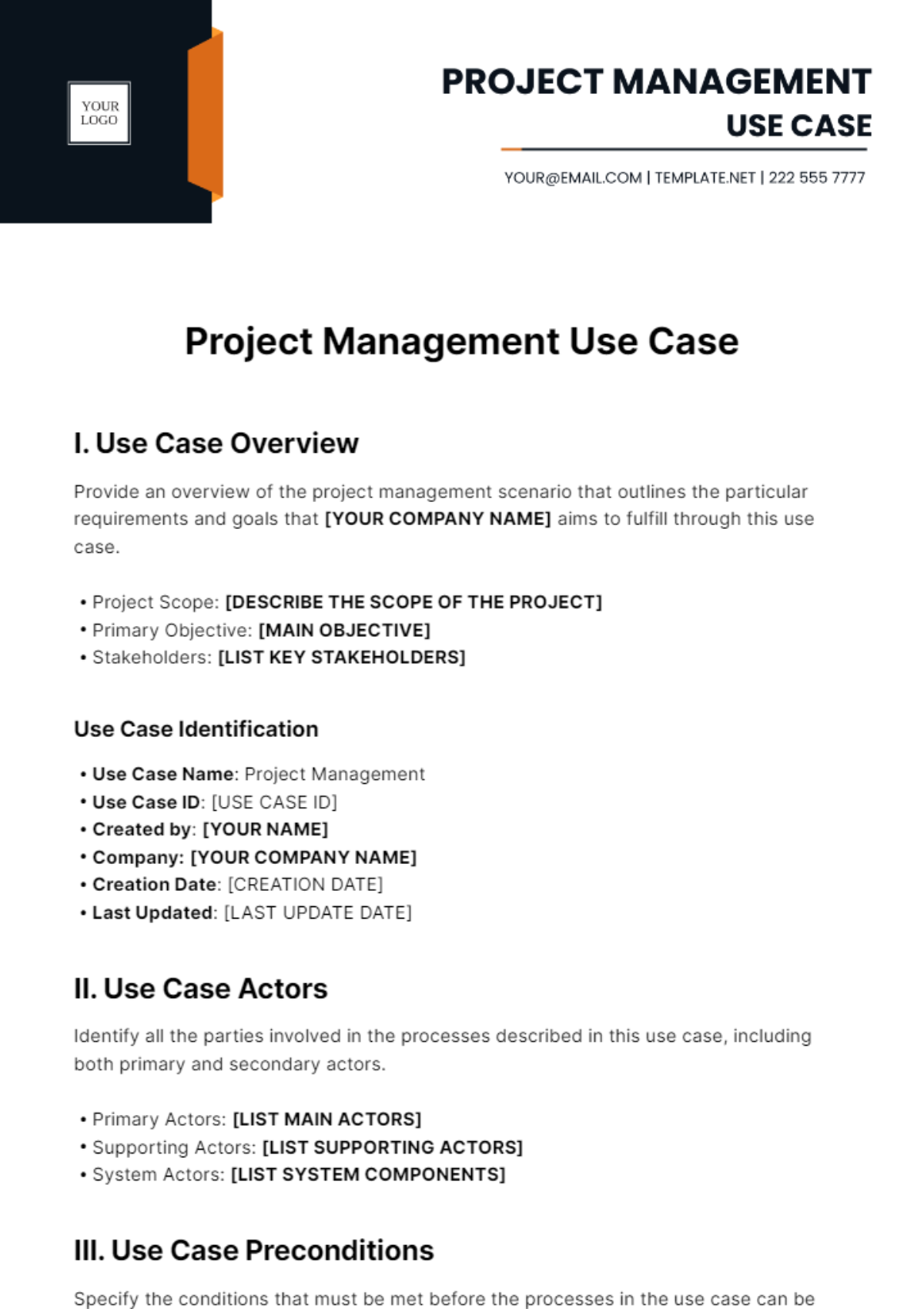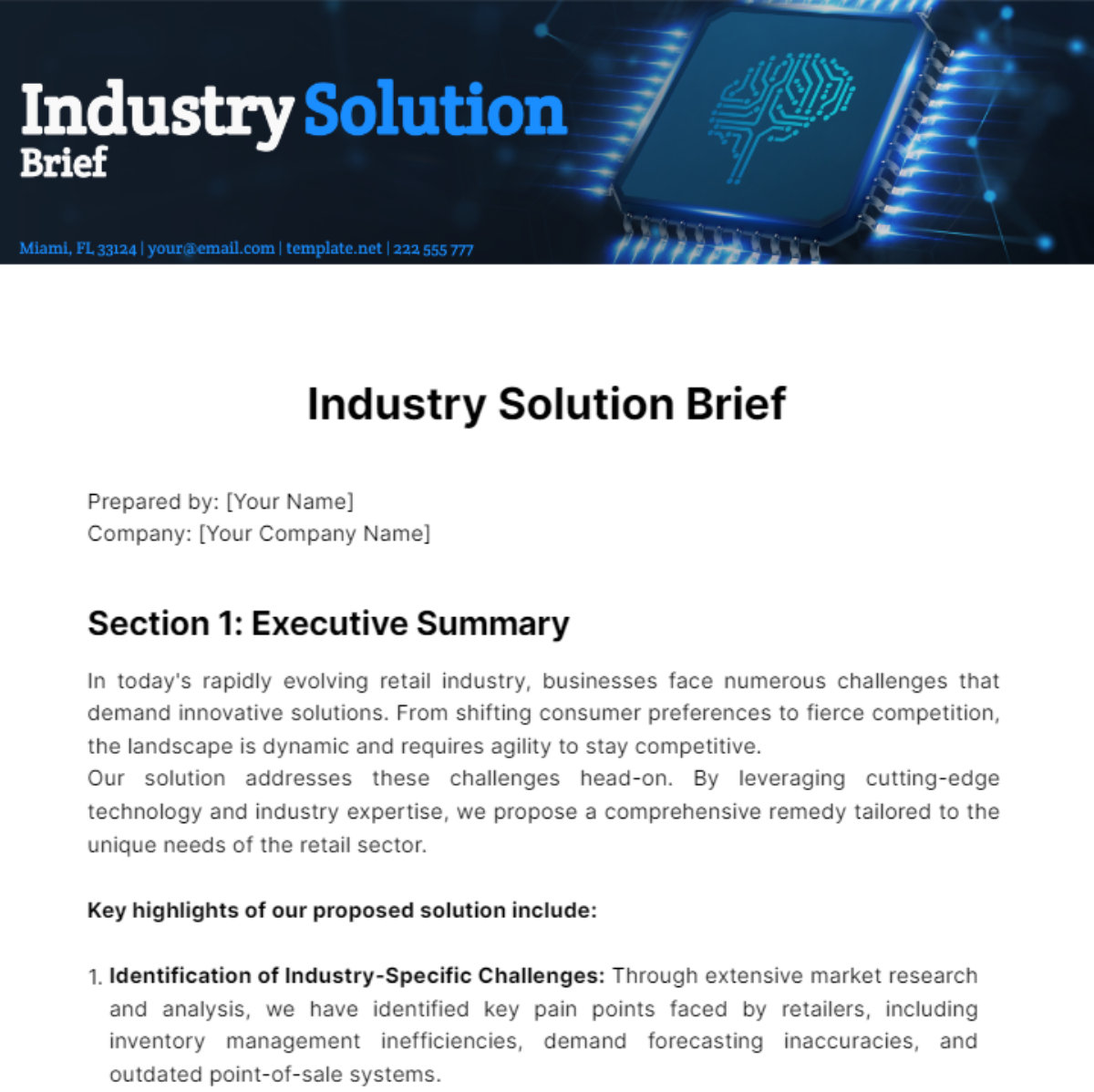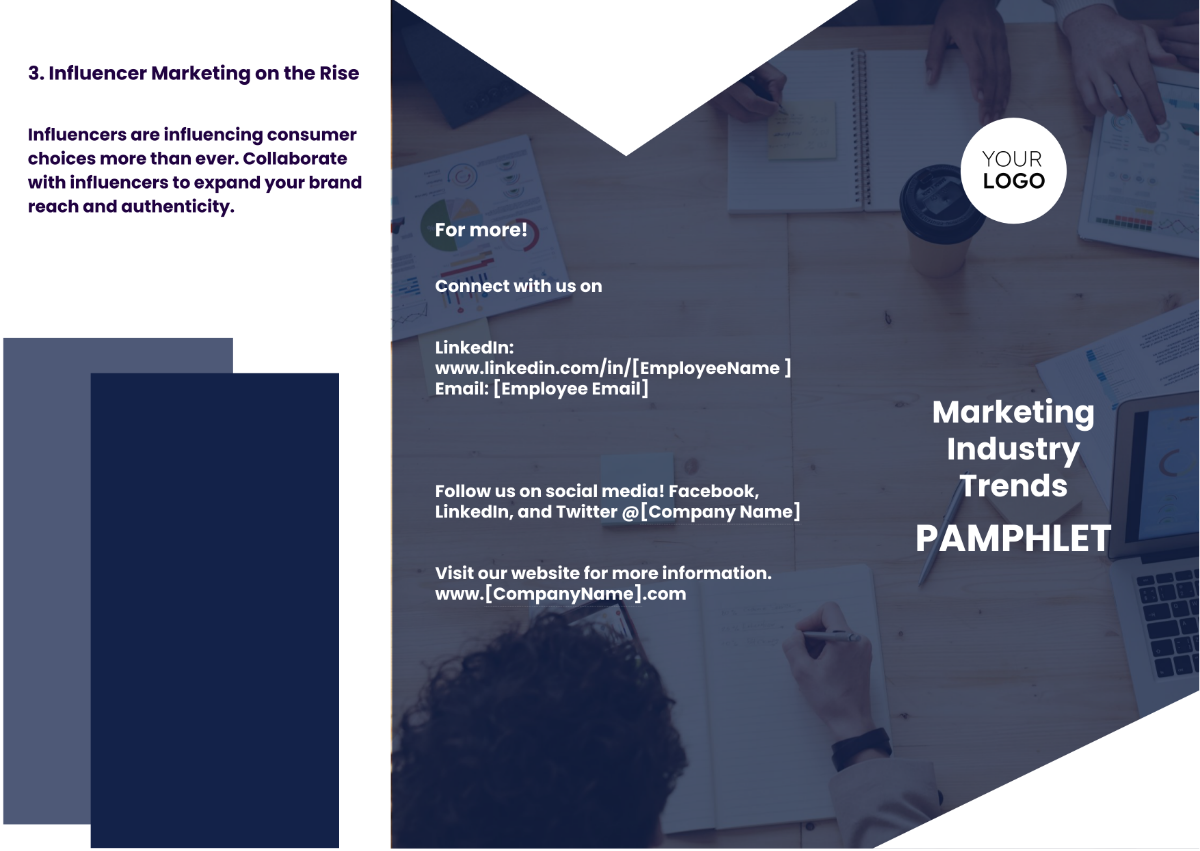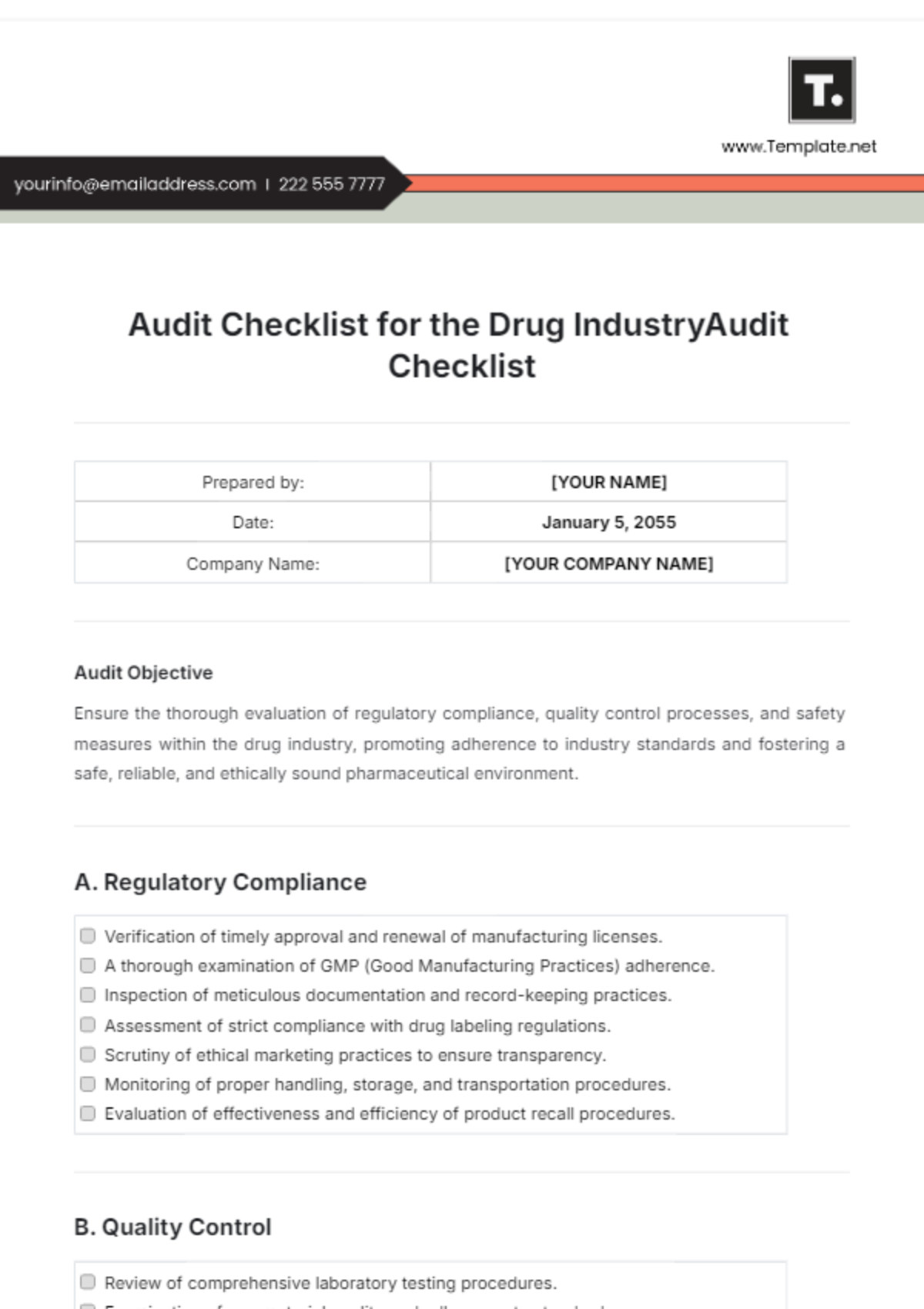Industry Solution Brief
Prepared by: [Your Name]
Company: [Your Company Name]
Section 1: Executive Summary
In today's rapidly evolving retail industry, businesses face numerous challenges that demand innovative solutions. From shifting consumer preferences to fierce competition, the landscape is dynamic and requires agility to stay competitive.
Our solution addresses these challenges head-on. By leveraging cutting-edge technology and industry expertise, we propose a comprehensive remedy tailored to the unique needs of the retail sector.
Key highlights of our proposed solution include:
Identification of Industry-Specific Challenges: Through extensive market research and analysis, we have identified key pain points faced by retailers, including inventory management inefficiencies, demand forecasting inaccuracies, and outdated point-of-sale systems.
Tailored Solution: Our solution, named Retail Revolution, is custom-designed to address these challenges effectively. It combines advanced analytics, AI-driven forecasting algorithms, and cloud-based POS systems to streamline operations, optimize inventory levels, and enhance the overall customer experience.
Impact and Benefits: Upon implementation, Retail Revolution is poised to deliver tangible benefits to retailers. These include a significant reduction in inventory carrying costs, improved demand forecasting accuracy by up to 30%, faster checkout times leading to enhanced customer satisfaction, and a projected increase in sales revenue by 15% within the first year.
Section 2: Understanding the Challenges
In this section, we delve into the challenges facing the retail industry. Through extensive research and data collection from various sources, we have gained valuable insights into the complexities of the industry. Here is a snapshot of our findings:
Challenges | Implication | Precedence |
|---|---|---|
Supply Chain Disruptions | Inventory shortages, delayed deliveries, and increased costs impact customer satisfaction and revenue. | A major retailer experienced inventory shortages due to disruptions in the global supply chain, leading to lost sales opportunities and negative customer experiences. |
E-commerce Competition | Decreased foot traffic and sales in physical stores as e-commerce giants gain market share. | A local retailer struggles to compete with online platforms offering convenience, competitive pricing, and a wider product selection, resulting in declining sales. |
Changing Consumer Preferences | The need to adapt strategies to meet demand for personalized experiences and sustainable products. | A retailer successfully pivots to sustainable and ethically sourced products in response to growing consumer awareness and demand for eco-friendly options. |
By understanding these challenges in depth, we are better equipped to develop targeted solutions that address the root causes and pave the way for sustainable growth and success in the retail industry.
Section 3: Our Proposed Solution
Drawing from our comprehensive understanding of the challenges facing the retail industry, we present a detailed description of our proposed solution. Our solution is designed to address the key pain points and leverage opportunities for growth and innovation within the industry.
Key Features:
Integrated Inventory Management: Our solution offers a centralized platform for real-time inventory tracking and management across multiple channels. Retailers gain visibility into stock levels, sales trends, and replenishment needs, enabling them to optimize inventory levels and minimize stockouts.
Personalized Customer Engagement: Leveraging advanced analytics and customer segmentation techniques, our solution enables retailers to deliver personalized shopping experiences tailored to individual preferences and behaviors. From targeted promotions to product recommendations, retailers can engage customers in meaningful ways that drive loyalty and repeat purchases.
Omni-channel Capabilities: Seamlessly integrate online and offline channels to create a unified shopping experience for customers. Our solution enables retailers to bridge the gap between physical stores and digital platforms, allowing customers to browse, purchase, and return products across channels with ease.
Efficient Supply Chain Management: Streamline the supply chain process from procurement to distribution with our solution's robust supply chain management features. Retailers can optimize sourcing, logistics, and vendor relationships to reduce costs, improve efficiency, and ensure the timely delivery of products to customers.
How It Works:
Our solution leverages cloud-based technology to provide retailers with a scalable and flexible platform that adapts to their evolving needs. Through seamless integration with existing systems and technologies, retailers can quickly deploy our solution and begin reaping the benefits of improved efficiency, increased sales, and enhanced customer satisfaction.
By harnessing the power of data analytics, artificial intelligence, and automation, our solution empowers retailers to make data-driven decisions, identify growth opportunities, and stay ahead of the competition in today's dynamic retail landscape.
Section 4: Implementation and Results
In this section, we outline a detailed plan for implementing our proposed solution in the retail industry. We provide timelines, key milestones, logistic details, risk mitigation strategies, and potential outcomes. Additionally, we include a table outlining the anticipated results of the proposed solution.
Action Item | Timeline | Anticipated Outcome |
|---|---|---|
Solution Assessment | Month 1 | Comprehensive evaluation of current systems, processes, and challenges |
Stakeholder Alignment | Month 2 | Gain buy-in from key stakeholders and align on project objectives |
Solution Customization | Month 3-4 | Tailor the solution to meet the specific needs and requirements |
Pilot Implementation | Month 5-6 | Test the solution in a controlled environment to identify any issues |
Full-scale Deployment | Month 7-9 | Roll out the solution across all retail locations |
Training and Support | Month 10-11 | Provide training and ongoing support to ensure successful adoption |
Performance Evaluation | Month 12 | Measure the impact of the solution on key performance indicators |
Anticipated Outcomes:
Improved Inventory Management: Enhanced visibility and control over inventory levels, leading to reduced stockouts and improved inventory turnover ratios.
Increased Sales and Revenue: Personalized customer experiences and targeted promotions drive higher conversion rates and average order values, resulting in increased sales revenue..
Enhanced Customer Satisfaction: Streamlined processes, omni-channel capabilities, and personalized interactions lead to higher levels of customer satisfaction and loyalty.
Cost Savings: Optimized supply chain management and operational efficiencies result in cost savings across procurement, logistics, and inventory management processes.
Competitive Advantage: By leveraging technology and data-driven insights, retailers gain a competitive edge in the market, positioning themselves as industry leaders in innovation and customer experience.
By adhering to the outlined implementation plan and leveraging our proposed solution, retailers can achieve measurable improvements in key performance areas, drive growth, and secure a sustainable advantage in today's competitive retail landscape.
Section 5: Conclusion and Recommendations
In conclusion, our comprehensive plan offers a detailed guide to implementing and realizing the proposed solution for the retail industry. Through extensive research and analysis, we have identified the key challenges facing retailers and developed a solution that addresses these challenges head-on.
By leveraging cutting-edge technology, personalized customer engagement strategies, and efficient supply chain management techniques, our solution is poised to deliver significant benefits to retailers. From improved inventory management to increased sales and revenue, retailers can expect to see tangible improvements in key performance areas.
We recommend the following steps for successful implementation:
Stakeholder Alignment: Gain buy-in from key stakeholders and ensure alignment on project objectives and timelines.
Solution Customization: Tailor the solution to meet the specific needs and requirements of the retail organization.
Pilot Implementation: Test the solution in a controlled environment to identify any issues and make necessary adjustments.
Full-scale Deployment: Roll out the solution across all retail locations, providing training and ongoing support to ensure successful adoption.
Performance Evaluation: Measure the impact of the solution on key performance indicators and make adjustments as needed to optimize results.
We are confident that, when adopted, our proposed solution will bring superior results and efficiency to retailers in the ever-evolving retail landscape. By embracing innovation and leveraging technology, retailers can position themselves for long-term success and growth in today's competitive market.
Should you have any further questions or require additional assistance in implementing our solution, please do not hesitate to contact us. Together, we can drive meaningful change and achieve sustainable success in the retail industry.
Attachment:
Findings Report: This document provides a detailed overview of the research findings, including an analysis of the challenges facing the retail industry, market trends, and consumer behavior insights.
Roadmap for Implementation: A comprehensive roadmap outlining the step-by-step plan for implementing the proposed solution, including timelines, key milestones, and resource allocation.
Data Visualizations: Visual representations of data and analysis, such as charts, graphs, and infographics, illustrate key trends, patterns, and insights uncovered during the research process.
These supporting documents serve to enhance clarity, strengthen arguments, and provide additional context for the conclusions and recommendations made in the main report. They offer a deeper understanding of the research methodology, findings, and proposed solutions, facilitating informed decision-making and effective implementation strategies within the retail industry.






